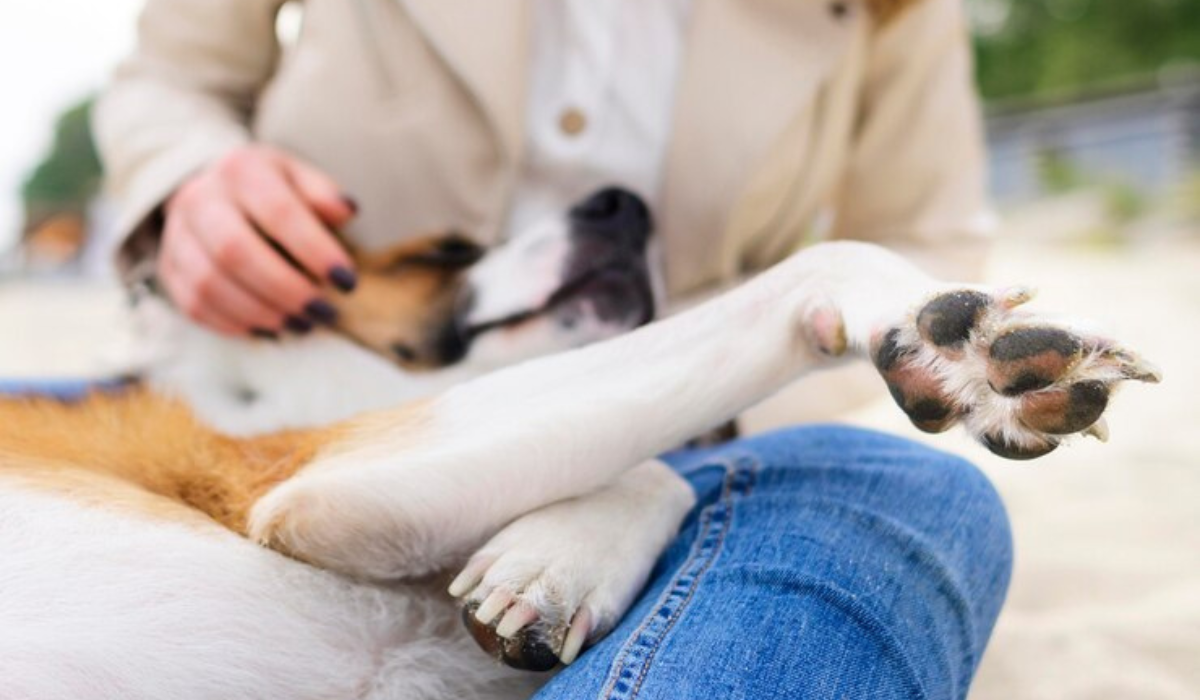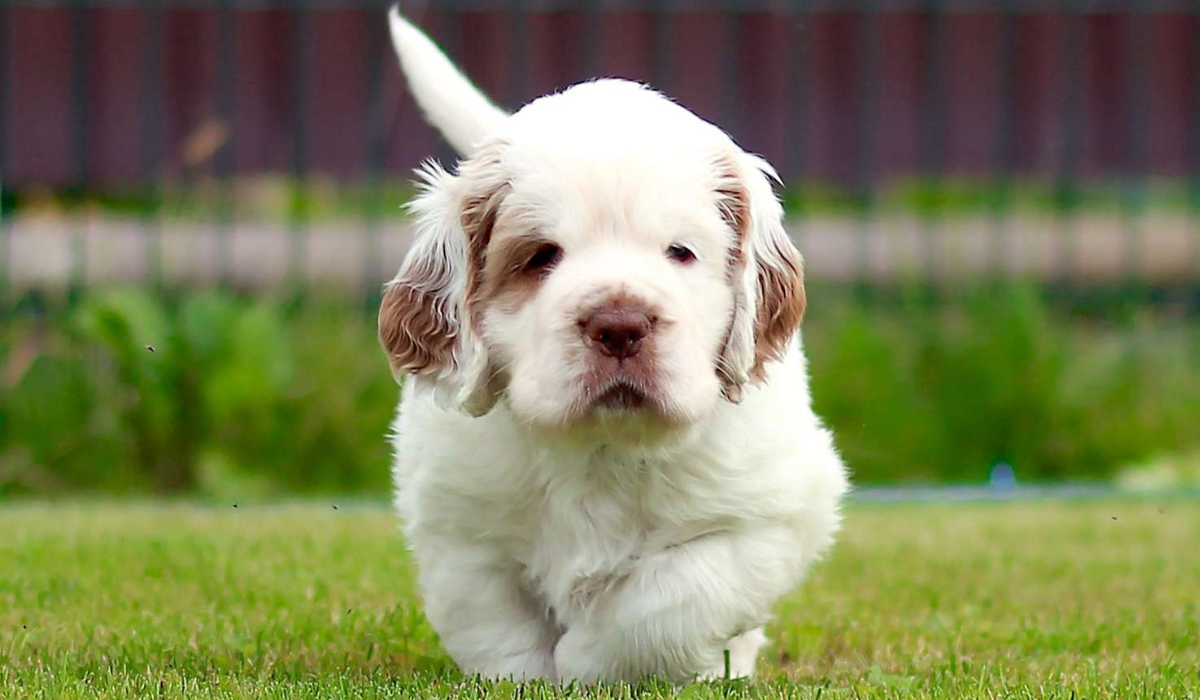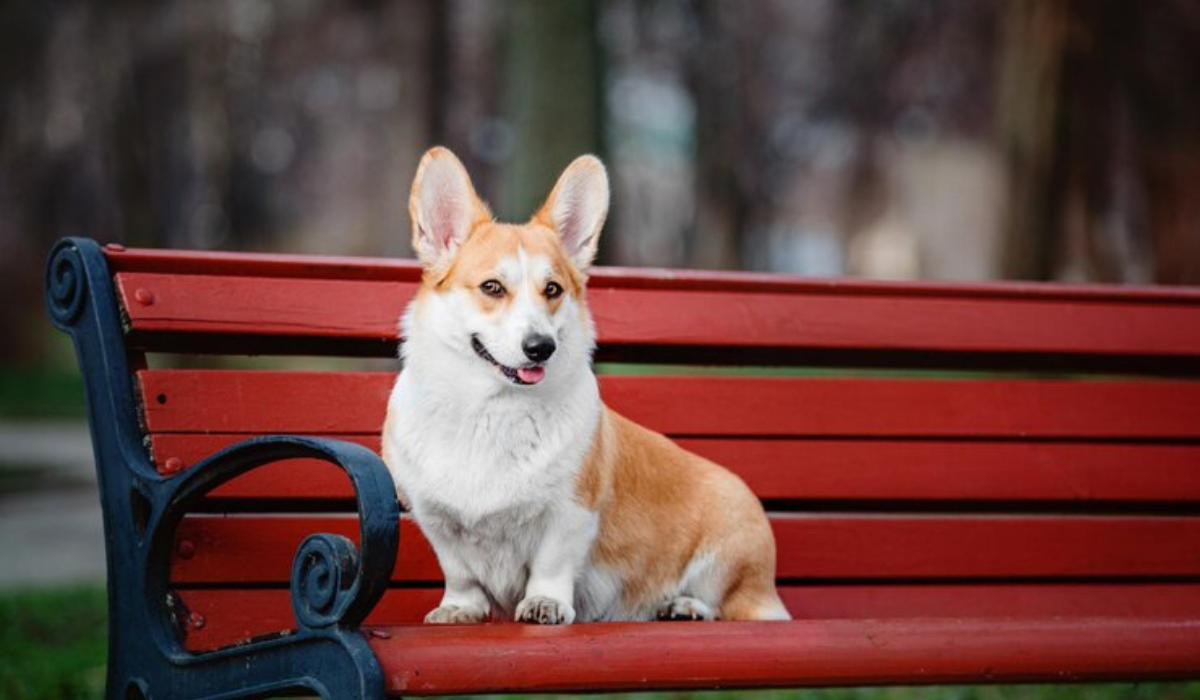Cavalier King Charles Spaniels combine charm with companionship with their endearing expressions and regal demeanor. The purpose of this article is to examine the Cavalier King Charles Spaniel in detail, from its historical origins to its key features, adaptability to weather changes, and a balanced evaluation of its pros and cons.
Cavalier King Charles Spaniel details:
Cavalier King Charles Spaniels are small, elegant toy breeds that have well-proportioned bodies, expressive eyes, and silky, medium-length coats. A male stands between 12 and 13 inches at the shoulder, while a female is slightly shorter. In addition to their gracefully arched neck, gently tapered muzzle, and long, feathered ears, Cavaliers weigh between 13 and 18 pounds. A Blenheim dog is a combination of chestnut and white, a tricolor dog is a mixture of black, white, and tan, and a ruby dog is a combination of black and tan.
The history of:
During the 17th century, the Cavalier King Charles Spaniel was popular with royalty, especially King Charles II. During that era, these dogs were often depicted sitting on kings and queens’ laps, emphasizing their regal status. The breed’s royal connection is evident in its name, and it was recognized in 1996 by the American Kennel Club (AKC).
Features include:
An affectionate and gentle disposition is a hallmark of Cavaliers. Families and individuals alike will benefit from their companionship, as they thrive on it.
One of the most distinctive characteristics of the breed is its large, round, dark eyes, which convey an expressive and soulful look. They are favored by their owners because of this feature.
Cavaliers adapt well to a variety of living environments, including apartments and houses. Moderate exercise requirements make them suitable for families with different levels of activity.
Changes in weather and adaptability:
Generally, Cavalier King Charles Spaniels adapt well to different climates. Both cold and warm weather can be insulated by their silky coats. Owners may consider providing a sweater for their dogs in colder weather. To avoid overheating in hot weather, shade, hydration, and avoiding strenuous exercise during peak heat times are recommended.
The advantages of owning a Cavalier King Charles Spaniel include:
-
A Cavalier is known for being friendly and sociable. Strangers, children, and other pets get along well with them.
-
Families, singles, and seniors will enjoy Cavaliers’ adaptability to various living environments.
-
Cavaliers enjoy being involved in family activities and form strong bonds with their families. Their close relationship with their owners has earned them the nickname “velcro dogs”.
-
Despite enjoying playtime and walks, Cavaliers have moderate exercise needs, making them adaptable to a variety of lifestyles.
Cavalier King Charles Spaniel Cons:
-
Cavaliers are prone to certain health issues, including heart and joint problems. A healthy diet and regular veterinary check-ups are essential.
-
The silky coat of the breed requires regular grooming to prevent mats and tangles. It is important to brush your teeth regularly, clean your ears, and take care of your dental health.
-
If left alone for an extended period of time, Cavaliers may experience separation anxiety. Their behavior may be influenced by stress and their need for companionship.
-
Cavaliers with stubborn streaks may need consistent training and positive reinforcement in order to overcome them.
Cavalier King Charles Spaniels are a breed that exemplifies elegance, affection, and adaptability. Cavaliers have a regal appearance and a friendly disposition that make them excellent companions. Taking care of this charming and charismatic breed, including regular veterinary care, grooming, and attention to their social needs, ensures a harmonious and fulfilling relationship.









